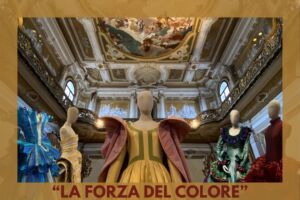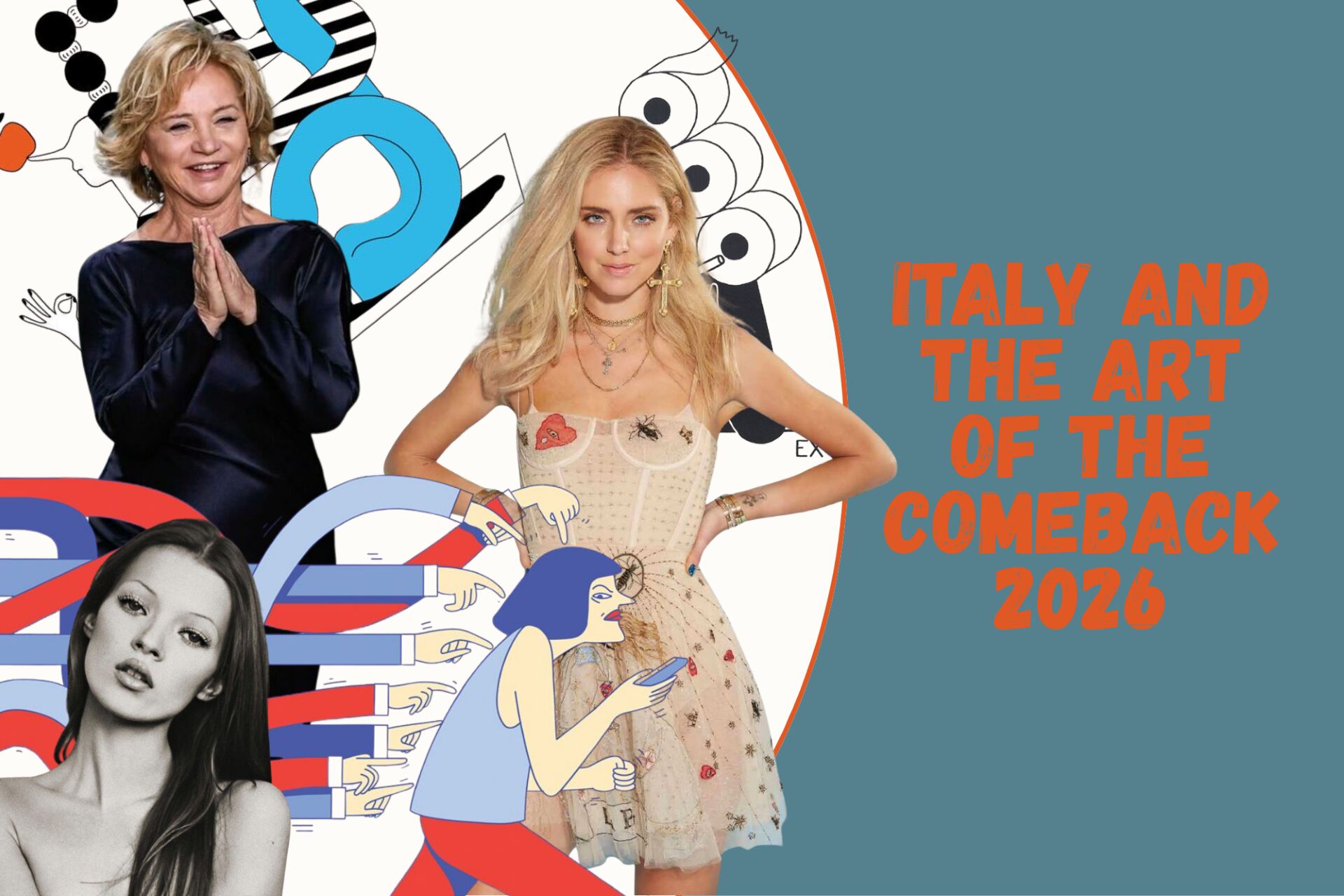Roberto Capucci, ever the maestro of volume and vision hosted at Villa Pisani an 18th-century palatial marvel nestled along the serpentine riviere Brent fashion unfolds not merely as adornment, but as architecture, memory, and meditation. In La forza del colore (The Power of Colour), , elevating dress into a dialect of space and light. Here, amidst the Venetian grandeur of frescoed ceilings and echoing halls, his sculptural creations pay reverent homage to another master of light and fabric: Mariano Fortuny.
Timeless Innovation in a World Obsessed with Time Capucci does not chase trends. He listens to silence, responds to form, and lets colour lead. In a world hemmed in by seasons, drops, and deadlines, his work breathes with timelessness. Villa Pisani—removed from the roar of the runway and nestled in the soft hush of the Veneto countryside—offers the ideal stage for Capucci’s unhurried choreography. Fashion here is not hurried spectacle; it is slow art, quietly revolutionary.
The exhibition unfolds across two floors, each speaking its own language. Below, twenty architectural gowns command the rooms like sculptural apparitions—tangible, yet transcendent seventy drawings, sketches, and photographs whisper the interior life of the atelier in the salone nobile : the genesis of gesture, the thought before the thread. Colour is not mere embellishment; it becomes structure, geometry, rhythm. In Capucci’s hands, hue defines space, offering not just contrast but clarity—a way to see the room anew.
Colour as Architect, Not Accessory Red, green, blue. Three colours, yes—but in Capucci’s world, they are materials as vital as silk or taffeta. Green channels the serenity of nature, red pulses with emotion and desire, while blue stretches infinitely, like sea meeting sky. Each room in Villa Pisani is dedicated to one of these tones—not to decorate, but to construct, to converse. Garments bloom in harmony with stuccoed ceilings and gilded panels, in a synesthetic duet between body and building.
A Venetian Legacy: Fortuny Reimagined There is a kinship between Capucci and Fortuny that transcends influence—it is almost ancestral. Like Fortuny, Capucci conceives fashion not in isolation, but as total art: theatrical, architectural, luminous. To mount this exhibition in the province of Venice is no coincidence; it is a quiet act of reverence. Fortuny, the magician of pleats and pigments, once breathed innovation into these very surroundings. Capucci answers, decades later, with sculptural silhouettes and saturated hues that carry the lineage forward.
The Wedding March Under Tiepolo the exhibition finds its crescendo in the grand Ballroom. Beneath Tiepolo’s soaring fresco The Apotheosis of the Pisani Family, five wedding dresses stand in still procession—ethereal, architectural, resolute. It is not just a dialogue between art forms, but between epochs. Capucci’s gowns don’t disrupt the space; they inhabit it with grace, as though they had always been waiting beneath that celestial scene.
A Closing Note, in Colour La forza del colore is more than a fashion exhibition—it is a love letter to the transformative power of colour, and a philosophical stance on the future of design. Capucci reminds us that beauty need not shout. It can hum, echo, pause. And in that pause, we find innovation, reverence, and the enduring spirit of Venetian artistry—still alive, still daring, still radiant.
Just as Fortuny once wove light into fabric, Capucci weaves architecture into dress. And like the Brenta that quietly flows beyond Villa Pisani’s gates, the current of creative legacy carries on—slow, sure, and forever vibrant.







